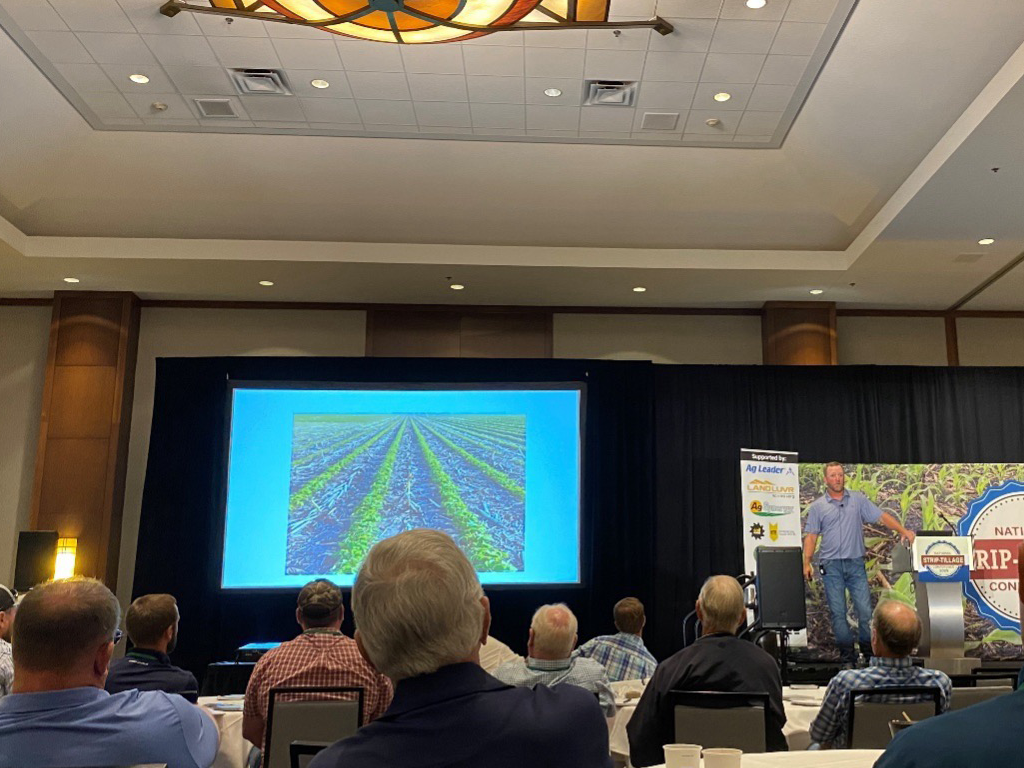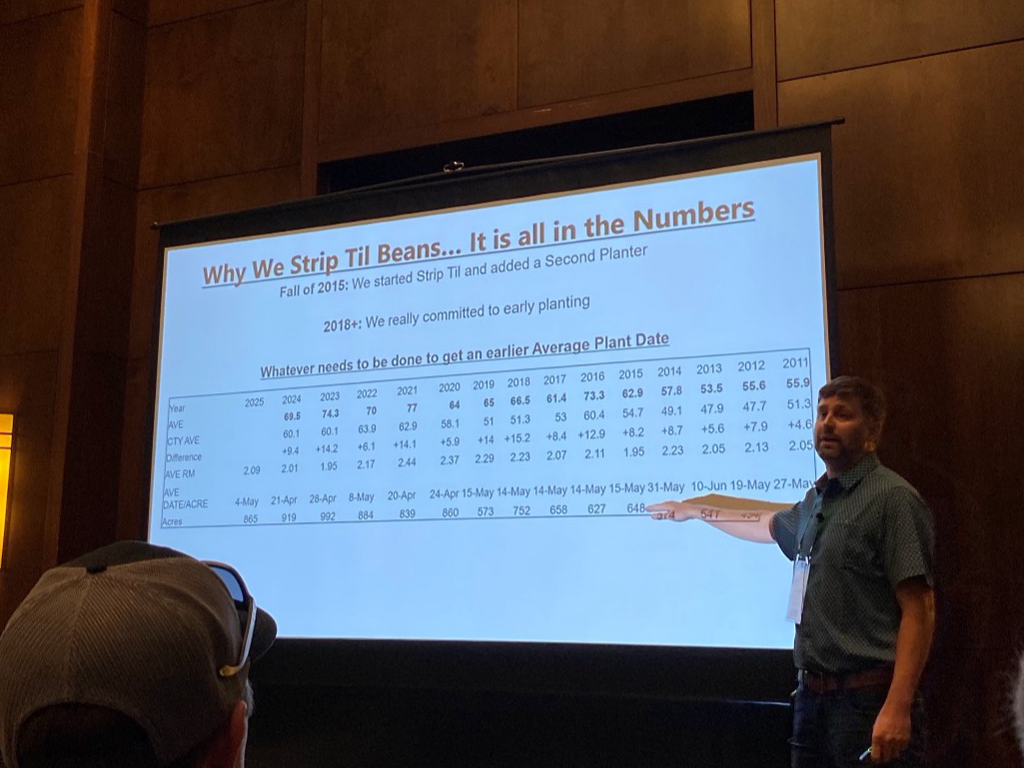In May 2025, Illinois experienced noticeable dust storms, including one so severe it was classified as a "haboob" and swept north to the Chicago area. It was not the first time the state saw notable dust storms; in May 2023, a dust storm blowing over I-55 resulted in a pileup involving more than 70 vehicles and several fatalities.
The timing of both dust storms is hard to ignore, coinciding with a period of intense field activity, including tillage and planting. Farmers cannot control dry planting conditions and have no desire to see their precious topsoil blow away, but they still have choices in how they manage tillage.
Reduced or no-till systems are known to help prevent the soil erosion that contributes to these weather events. However, maintaining high productivity can become difficult when soil characteristics, heavy residues, or planting conditions interfere with achieving the uniform emergence that high-yield crops demand. The question is how to balance preserving topsoil with creating a clean seedbed for uniform crop establishment.
Farmers from across the Corn Belt gathered in Iowa City on July 31 and August 1 to discuss this topic at the National Strip-Tillage Conference. Strip-tillage, a relatively new management practice, is often seen as a sweet spot for farmers seeking to balance conservation with the agronomic benefits of a clean seedbed typically achieved through tillage.
Strip-tillage involves tilling narrow soil strips while leaving the surrounding surface and crop residue undisturbed. This approach offers many of the soil health benefits of no-till while also clearing heavy residue that can create less-than-ideal planting conditions. Jeff Herrold, a strip-till farmer from Indiana, emphasized that finding this balance is essential. Strip-till works for him because it supports the profitability, sustainability and long-term viability of his farming operation.
The yield benefits of strip-tillage ahead of soybeans were a recurring point made at the event, with several farmers citing both visual and performance advantages. Ryan Nell, a Wisconsin farmer, said that since adopting strip-till ahead of soybeans, he's seen consistent yield increases, largely because it allows him to plant earlier. Early planting has become a popular strategy for boosting soybean yields, but in cooler northern climates, getting that early window can be difficult. Strip-till helps by exposing the soil to sunlight, warming the seed zone faster than no-till systems where surface residue keeps soils cooler for longer. As a result, farmers can plant soybeans in the ground sooner, setting the stage for higher yields.
Beyond being an alternative tillage method, strip-tillage also works as an effective fertilizer delivery system. Strip-till rigs can be modified to apply both liquid and granular fertilizers, placing nutrients in the same row as the strip-till pass. This targeted placement can reduce the total fertilizer needed compared to traditional broadcast applications. Because most plant roots grow within the rows, rather than across them, placing nutrients where root activity is highest increases fertilizer accessibility. As a result, farmers can cut costs and reduce fertilizer use in corn and soybean systems, which benefits both environmental health and overall return on investment.
The idea of placing fertility where roots grow to improve accessibility and nutrient use efficiency is easy to understand and support. But learning how corn roots develop under strip-till, and which hybrids have root structures best suited to those systems is far more complex. Jared Fender, a senior research specialist and master's student at the University of Illinois, is studying which corn hybrids and soybean varieties respond best to strip-tillage and banded fertility. While the
research is still ongoing, Fender has already found that both fertilizer placement and application method influence root development by affecting root surface area, angle and mass.
Adopting new management practices often brings new challenges, and strip-tillage is no exception, especially for weed control. Daniel H. Smith, an agronomist at the University of Wisconsin-Madison, said that because strip-till combines elements of both tillage and no-till, it creates a unique environment that can favor a wider range of weed species. Tilled strips can promote the emergence of small-seeded broadleaf weeds that thrive in disturbed soils, while the undisturbed zones between rows can support the growth of annual and perennial weeds typically seen in no-till systems.
Farmers considering strip-till should approach it with clear goals and a positive mindset, advises Joey Hanson, a strip-tiller from South Dakota. "Don't be afraid to change, and success will come. You have to want it to work—otherwise, it won't," he said during his presentation. Hanson shared several steps for getting started: identify why you want to make the switch, understand which benefits matter most to your operation, do your research to explore available options, start with the basics, and be prepared for challenges along the way. According to Hanson, if you stick with it, success will follow.
Check out more photos from the event below.






 and then
and then